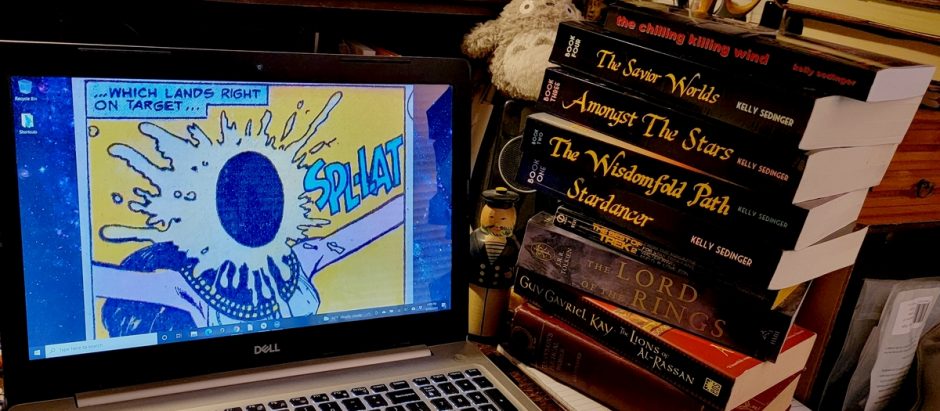Leonard Bernstein, from The Joy of Music:
BACH!
A colossal syllable, one which makes composers tremble, brings performers to their knees, beatifies, the Bach-lover, and apparently bores the daylights out of everyone else. How can this be? How can vibrant, thrilling music like that bore anyone? Still, it’s true; many of you find Bach dull. No–don’t deny it; there’s nothing to be ashamed of, because the boredom comes only from the fact that it’s not very easy music to know, and you must know it to love it. (…) And knowing Bach doesn’t mean knowing that he died in Leipzig in 1750 and that he had two wives and twenty-one children. It means knowing the music…and that’s also the challenge, because once you do get to know Bach well enough to love him, you will love him more than any other composer. I know this because I went through the same process myself.
I have to confess that I have never actually done the work to really get to know Bach and his music, and that’s my loss, not Bach’s. But it’s not that I dislike Bach; to dislike Bach is simply a bizarre kind of thought that I can’t believe anyone actually entertaining. It’s that he exists beyond my general understanding of music and how I respond to it. What Bernstein says above, in that excerpt from the teleplay to one of his Omnibus television programs back in the day, is really true: Bach’s music is sufficiently beyond what modern ears are accustomed to, in terms of sonics and the way emotional content in the music is presented, that his music for many requires real, sustained effort.
Today’s work, Bach’s Christmas Oratorio, is a giant work of liturgical music. And it is truly giant: a performance lasts over two and one half hours, longer than any Mahler or Bruckner symphony, and approaching operatic length. To my ears the sound is definitely that of a church setting, which may be unfair as Bach did not only write sacred music in his lifetime. In fact, to that end he actually incorporated bits of earlier compositions of his into the Christmas Oratorio, including several previously secular works. I spent time yesterday listening to the Christmas Oratorio in its entirety, and I found myself–as I do whenever I listen to one of Bach’s longer works–drawn into a sound world that I admit I do not fully understand. But it’s such a fascinating sound world indeed, one that puts me in mind of other great sacred works like Handel’s Messiah (which I refuse to associate with Christmas–for me, that work is all about Easter). The liturgical exaltation of the Almighty pervades the entire work, and I found myself wondering, as I always do when listening to Bach’s sacred music, what it must have been like to attend services in those churches of his day and hear, as part of the worship liturgy, music written by one of the greatest geniuses in the history of human art.
Here is David Dubal, from The Essential Canon of Classical Music:
As the vast quantity of [Bach’s] work was finally published [Bach’s music was mostly forgotten for decades after his death, until Felix Mendelssohn and others began shining new light on him in the early to mid-1800s], it became apparent that this humble craftsman lived in the climate of the sublime–not at rare moments or in a few masterowrks but throughout a lifetime of boundless creation. No other composer celebrates human potential the way Bach does–potential that is, for him, ruled by the eternal presence of God.
The performance featured below is a compromise, because the live performance I wanted to feature is not embeddable. Stop doing that, music folk of YouTube! Sheesh!















